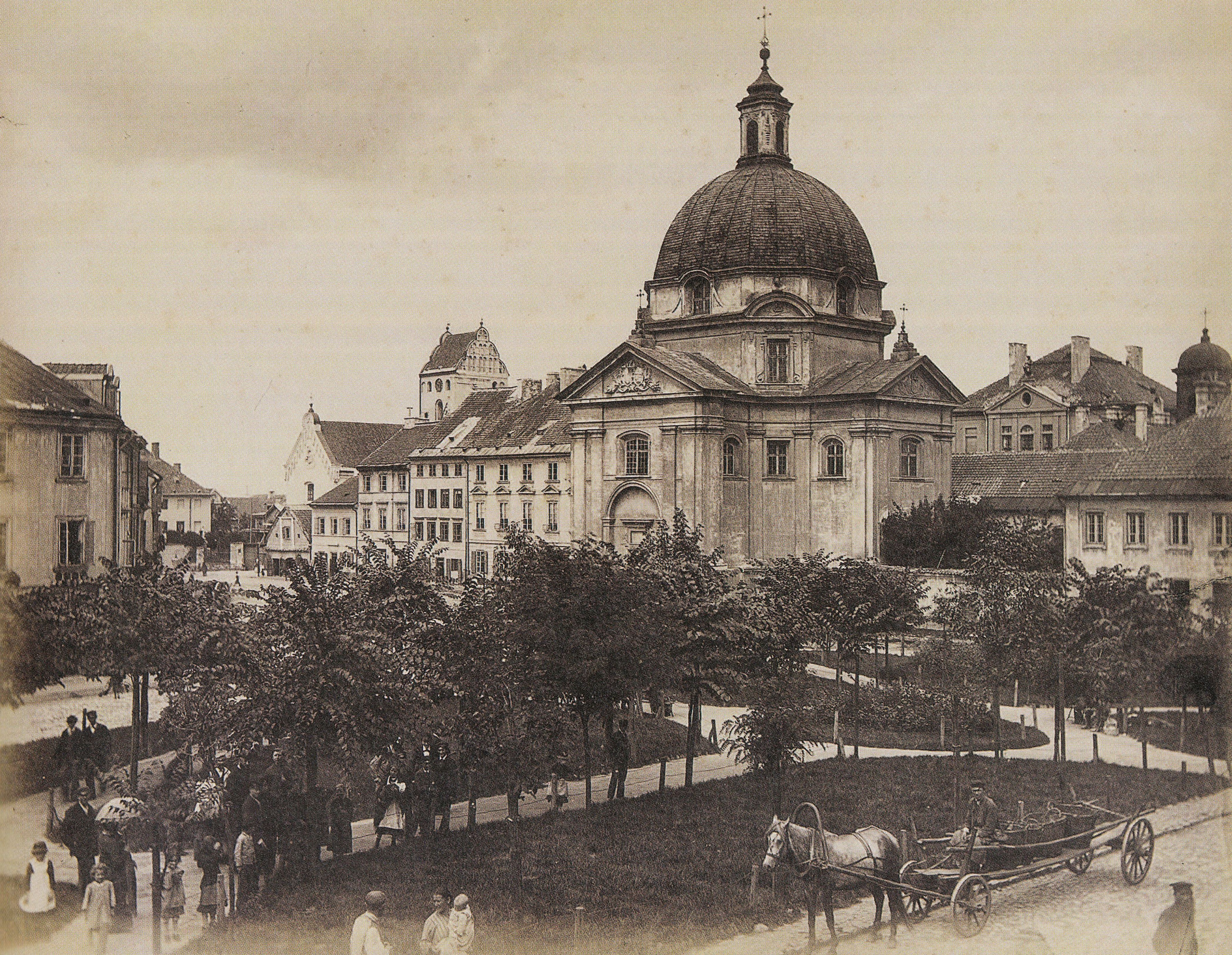New Town Market Place, Warsaw on:
[Wikipedia]
[Google]
[Amazon]
 New Town Market Place ( pl, Rynek Nowego Miasta) is the main square of the
New Town Market Place ( pl, Rynek Nowego Miasta) is the main square of the
at the official website of Śródmieście district

 In 1656 the square was burned down by Swedes, during the
In 1656 the square was burned down by Swedes, during the
 New Town Market Place ( pl, Rynek Nowego Miasta) is the main square of the
New Town Market Place ( pl, Rynek Nowego Miasta) is the main square of the Warsaw New Town
The Warsaw New Town ( pl, Nowe Miasto) is a neighborhood dating from the 15th century in Warsaw, Poland. It lies just north of the Old Town and is connected to it by ''ulica Freta'' ( en, Freta Street), which begins at the Warsaw Barbican. Like ...
of Warsaw
Warsaw ( pl, Warszawa, ), officially the Capital City of Warsaw,, abbreviation: ''m.st. Warszawa'' is the capital and largest city of Poland. The metropolis stands on the River Vistula in east-central Poland, and its population is officiall ...
, Poland
Poland, officially the Republic of Poland, is a country in Central Europe. It is divided into 16 administrative provinces called voivodeships, covering an area of . Poland has a population of over 38 million and is the fifth-most populou ...
.
It was formed before 1408, as the main square of the Warsaw New Town. It initially had a rectangular shape, with an area of 140 x 120 meters. In the 15th century, a wooden town hall was built in the center of the square and residential buildings were also constructed. In 1544 the square was damaged by fire, and the town hall was reconstructed in brick. The rest of the buildings remained wooden.Rynek Nowego Miastaat the official website of Śródmieście district


 In 1656 the square was burned down by Swedes, during the
In 1656 the square was burned down by Swedes, during the Deluge
A deluge is a large downpour of rain, often a flood.
The Deluge refers to the flood narrative in the Biblical book of Genesis.
Deluge may also refer to:
History
*Deluge (history), the Swedish and Russian invasion of the Polish-Lithuanian Com ...
. The reconstruction was slow, and the town hall was rebuilt again in 1680. In 1688 the Baroque Saint Kazimierz Church was built by Dutch architect Tylman van Gameren. In the second half of the 18th century, wooden residential buildings were replaced by bricked tenement houses. In 1785, the town hall was partially reconstructed and several shops were added to it. In 1818 the town hall was torn down, and the square gained its market character, which continued until 1878. Then, the buildings on the square were expanded and reconstructed to house growing number of craftsmen and workers. In 1932 a statue of Saint Klemens Hofbauer was placed in the square.
In World War II
World War II or the Second World War, often abbreviated as WWII or WW2, was a world war that lasted from 1939 to 1945. It involved the World War II by country, vast majority of the world's countries—including all of the great power ...
, during the Warsaw Uprising
The Warsaw Uprising ( pl, powstanie warszawskie; german: Warschauer Aufstand) was a major World War II operation by the Polish underground resistance to liberate Warsaw from German occupation. It occurred in the summer of 1944, and it was led ...
of 1944, the square was completely destroyed, 80% of houses were completely demolished, including the church. After the war, the square was reconstructed in the 18th-century style. The reconstruction lasted until 1955.
A 19th century well is located in the southern part of the square. The image of a girl with a unicorn, old symbol of the New Town, can be found on the top of its eclectic cast-iron pump.
See also
*Old Town Market Place, Warsaw
Warsaw's Old Town Market Place ( pl, Rynek Starego Miasta) is the center and oldest part of the Old Town of Warsaw, capital of Poland. Immediately after the Warsaw Uprising, it was systematically blown up by the German Army. After World War I ...
References
{{Warsaw-geo-stub Squares in Warsaw